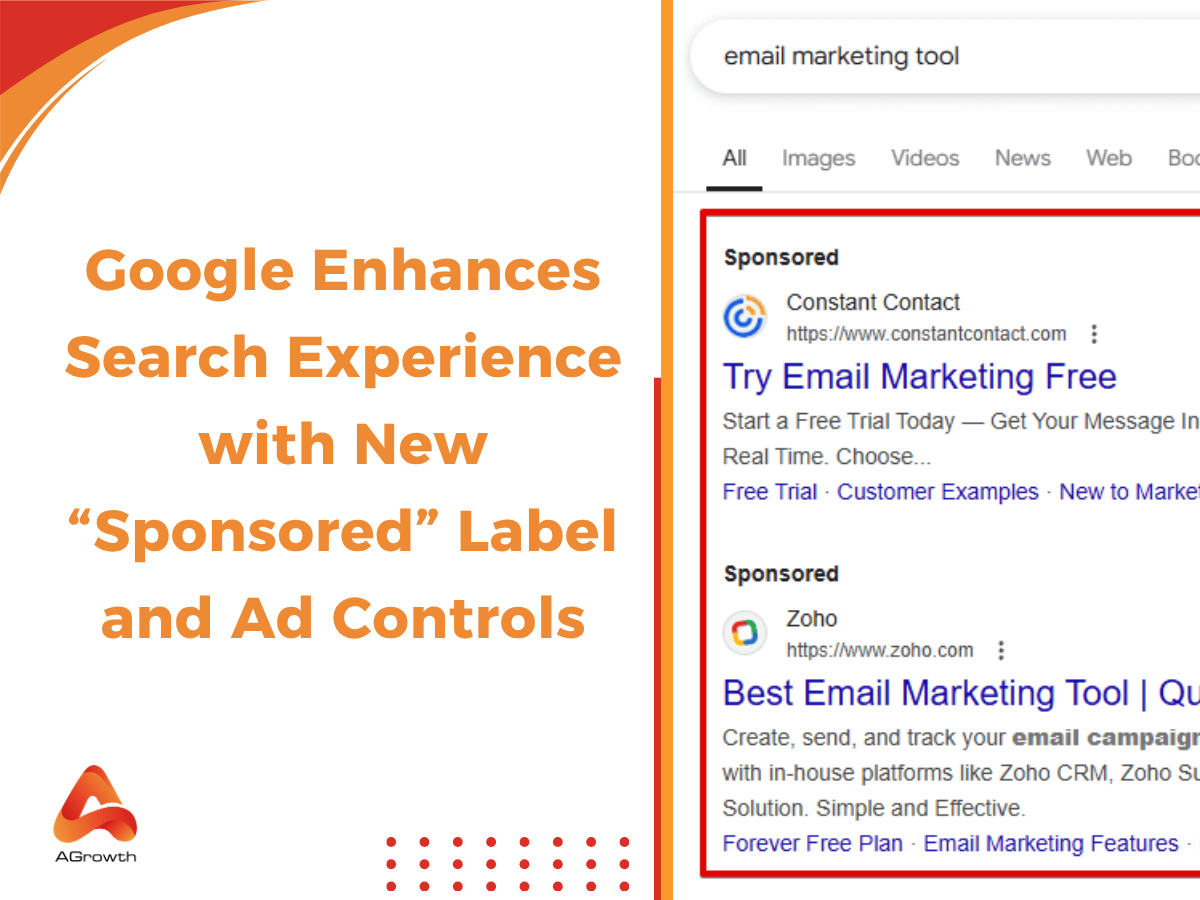
Table of Contents
Google Ads Video Specs: Complete Guide for Marketers
Video advertising has become one of the most powerful formats on Google Ads, with YouTube continuing to dominate the space. However, to launch high-performing campaigns, advertisers must understand the technical requirements that Google enforces. Using the wrong video specs can result in disapproved ads, wasted budget, or poor delivery performance.
According to Google Ads Help, every video ad format comes with its own set of technical requirements, from resolution and aspect ratio to maximum duration and file size. Advertisers who respect these specifications ensure better compatibility across devices, higher engagement, and smoother approval processes.
In this article, we’ll cover the full set of Google Ads video specs for 2025, explore requirements for each video ad format, share optimization tips, and highlight common mistakes to avoid. Whether you run bumper ads, in-stream ads, or discovery campaigns, this guide will serve as your go-to reference.
Why Is Following Google Ads Video Specs Important?
Before diving into technical numbers, it’s important to understand why video specs matter so much. Google Ads is highly automated, and its delivery engine optimizes based on quality, relevance, and compliance. A video ad that doesn’t meet the official specifications can cause:
-
Ad Disapproval: If your video doesn’t match Google’s requirements, it won’t get approved for delivery.
-
Reduced Reach: Ads with incorrect aspect ratios or unsupported resolutions may not serve across all placements (desktop, mobile, TV).
-
Poor User Experience: Slow loading, blurry visuals, or distorted framing decrease CTR and watch time.
-
Budget Inefficiency: Even minor non-compliance (like file size too large) can slow delivery, impacting ROI.
By following the exact Google Ads video requirements, advertisers can maximize campaign efficiency while ensuring seamless cross-device compatibility.
Standard Google Ads Video Requirements
The video specs required below are sourced from Google Ads Help and YouTube ad documentation.
File Format:
-
Preferred: .MP4, .MOV
-
Others supported: .AVI, .MPEG
Video Codes:
-
H.264, MPEG-2, or MPEG-4 recommended
Resolution:
-
Minimum: 426 x 240 (240p)
-
Recommended: 1920 x 1080 (1080p)
-
Maximum: 4K (3840 x 2160)
Aspect Ratio:
-
16:9 (landscape)
-
1:1 (square)
-
9:16 (vertical)
Frame Rate:
-
23.98, 24, 25, 30, 48, 50, or 60 fps
File Size:
-
Up to 1 GB per video (Google’s recommendation)
Audio:
-
Stereo, 44.1 kHz or 48 kHz
These universal specs allow your video to work across most Google Ads placements. However, individual ad formats (in-stream, discovery, bumper, etc.) have stricter limits, which we’ll cover next.
Google Ads Video Specs by Ad Format
Each ad format on Google Ads has unique requirements. Let’s break them down format by format so you can prepare the right creatives for every campaign.
Skippable In-Stream Ads
Skippable in-stream ads appear before, during, or after YouTube videos. Viewers can skip after five seconds.
-
Length: Minimum 12 seconds recommended; no official maximum (though typically under 3 minutes works best).
-
Aspect Ratio: 16:9 (landscape preferred)
-
Resolution: At least 720p; 1080p recommended
-
File Size: Up to 1 GB
👉 Pro Tip: Keep messaging within the first 5–8 seconds to maximize retention before viewers skip. Consider including a clear Google Ads CTA early in the video.
Non-Skippable In-Stream Ads
These ads play in full (15–20 seconds) before access to the video.
-
Length: 15 or 20 seconds (depends on region)
-
Aspect Ratio: 16:9
-
Resolution: 1080p strongly recommended
-
File Size: Up to 1 GB
Because these cannot be skipped, pacing and storytelling must be concise yet engaging.
Bumper Ads
Bumper ads are short, non-skippable clips that last just six seconds.
-
Length: 6 seconds maximum
-
Aspect Ratio: 16:9 (YouTube default)
-
Resolution: Minimum 720p
👉 These ads work best for brand recall, and according to QuickFrame, “bumpers should focus on one simple message to avoid overwhelming viewers.”
Video Discovery Ads
Discovery ads appear in YouTube search results, on the homepage, or alongside related videos.
-
Thumbnail: Must follow YouTube image specs
-
Headline: Up to 100 characters
-
Description: Up to 2 lines of text
-
Video Length: Flexible; most effective under 2 minutes
Outstream Ads
These are mobile-only video ads that play outside YouTube (within apps or partner sites).
-
Length: Flexible
-
Aspect Ratios: Both 16:9 (landscape) and 9:16 (vertical) supported
-
Autoplay: Starts muted, user can unmute
Masthead Ads (Premium Placement)
Masthead video ads autoplay at the top of YouTube’s homepage.
-
Length: Recommended under 30 seconds for autoplay preview
-
Aspect Ratio: 16:9
-
Resolution: 1080p minimum
Best Practices for High-Performing Google Ads Videos
Meeting the technical requirements ensures approval, but performance depends on creative execution. Here are proven best practices:
Frontload the Hook
Users often skip ads quickly. Capture attention in the first 3–5 seconds with a strong hook, vibrant visuals, or a provocative question.
Add Clear Branding
Google research shows ads with early brand cues deliver higher recall. Consider placing your logo within the first few seconds.
Use Captions
Subtitles not only improve accessibility but also support silent autoplay placements like outstream ads.
Mobile Optimization
Since more than 70% of YouTube watch time comes from mobile devices, always test vertical (9:16) and square (1:1) formats in addition to landscape.
End with a Strong CTA
Direct users toward your conversion goals. For example: “Learn more about optimizing creatives in our Google Display Ads Formats guide.”
Common Mistakes about Google Ads Video Specs
Even experienced advertisers sometimes miss key details, especially when they are moving quickly to launch campaigns. Below are the most frequent pitfalls and why they matter:
-
Ignoring Aspect Ratios: Many advertisers upload only 16:9 versions of their creatives. While this works on desktop, it can reduce performance on mobile-first placements where vertical or square videos drive stronger engagement. Always prepare at least one mobile-friendly format. To automate this process on the Display Network, the best practice is to use a Google responsive display ad, which automatically adjusts its size and format to fit any available ad space.
-
Exceeding Time Limits: Submitting a 25-second non-skippable ad will not pass Google’s review process. Even if approved, overly long creatives often frustrate viewers. Always double-check maximum duration requirements for each ad format before upload.
-
Heavy File Sizes: Large files, especially those close to 1 GB, may delay both approval and delivery. They can also cause playback issues on slower internet connections. Compress your videos with tools like Adobe Media Encoder or HandBrake without compromising quality.
-
Weak Creative in the First Seconds: The first impression determines whether people continue watching or click away. Ads that lack a clear hook or engaging visuals within the first five seconds waste valuable impressions, particularly for skippable in-stream ads.
-
No Call-to-Action (CTA): Even beautifully shot videos underperform if they don’t tell viewers what to do next. A missing CTA often translates to lower click-through rates and reduced conversions.
-
Overlooking Audio Quality: Poor audio mixing, low volume, or unclear voiceovers hurt engagement. Remember that audio is as critical as visuals for holding attention.
-
Inconsistent Branding: Videos that don’t show the brand until the very end risk low recall. Branding cues should be introduced early and repeated subtly.
Avoiding these mistakes ensures smoother campaign launches, stronger cross-device performance, and higher ROI.
Conclusion
Understanding Google Ads video specs is not just about compliance; it’s about ensuring creative excellence, seamless delivery, and maximum ROI. Each format—whether skippable, non-skippable, bumper, discovery, or masthead—comes with its own requirements, and ignoring them can result in wasted spend and missed opportunities.
By aligning with official guidelines, testing across devices, and applying best practices, advertisers can launch campaigns that not only pass approval but also resonate with their audience.
Now that you've mastered video specs for top-of-funnel engagement, complement your strategy by capturing high-intent users on the search network. Learn how responsive search ads use machine learning to deliver the perfect message, and discover how dynamic search ads can automatically generate campaigns that cover your entire inventory.
You may also like:









Your comment